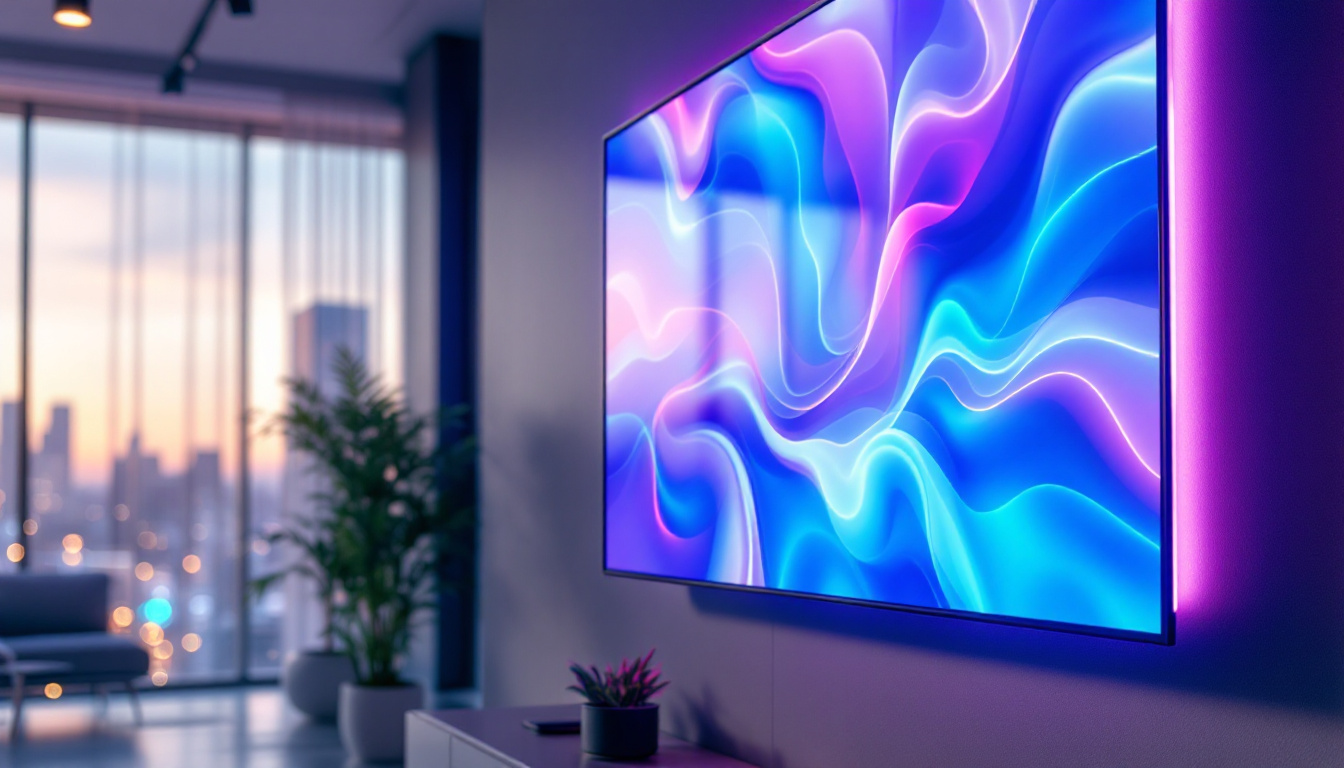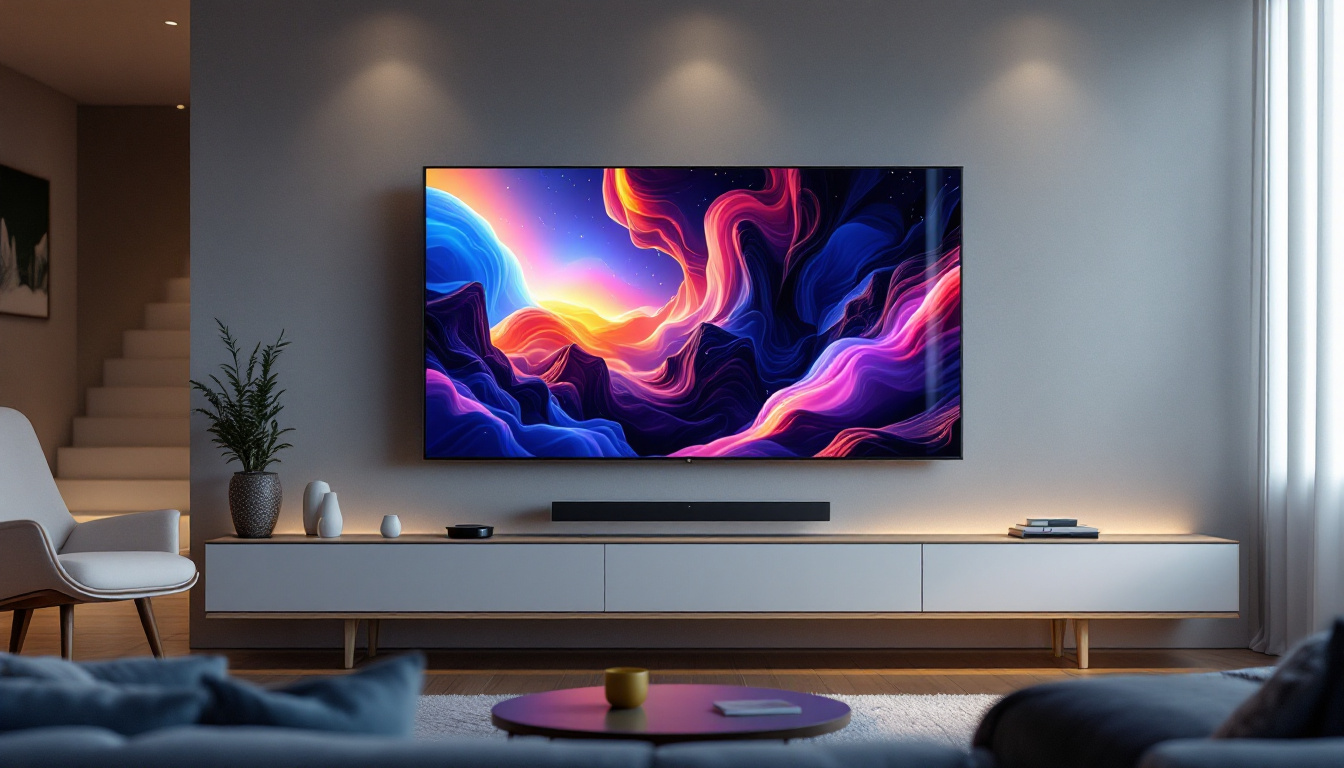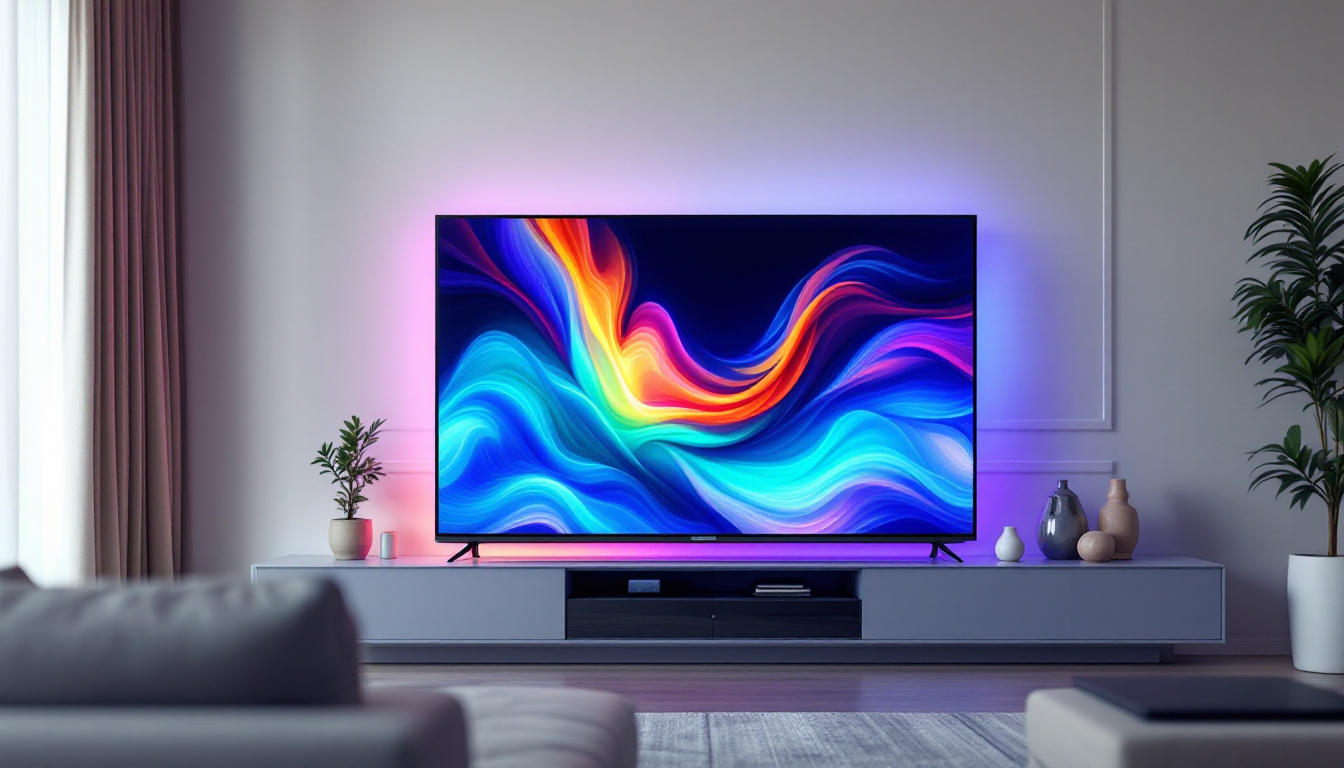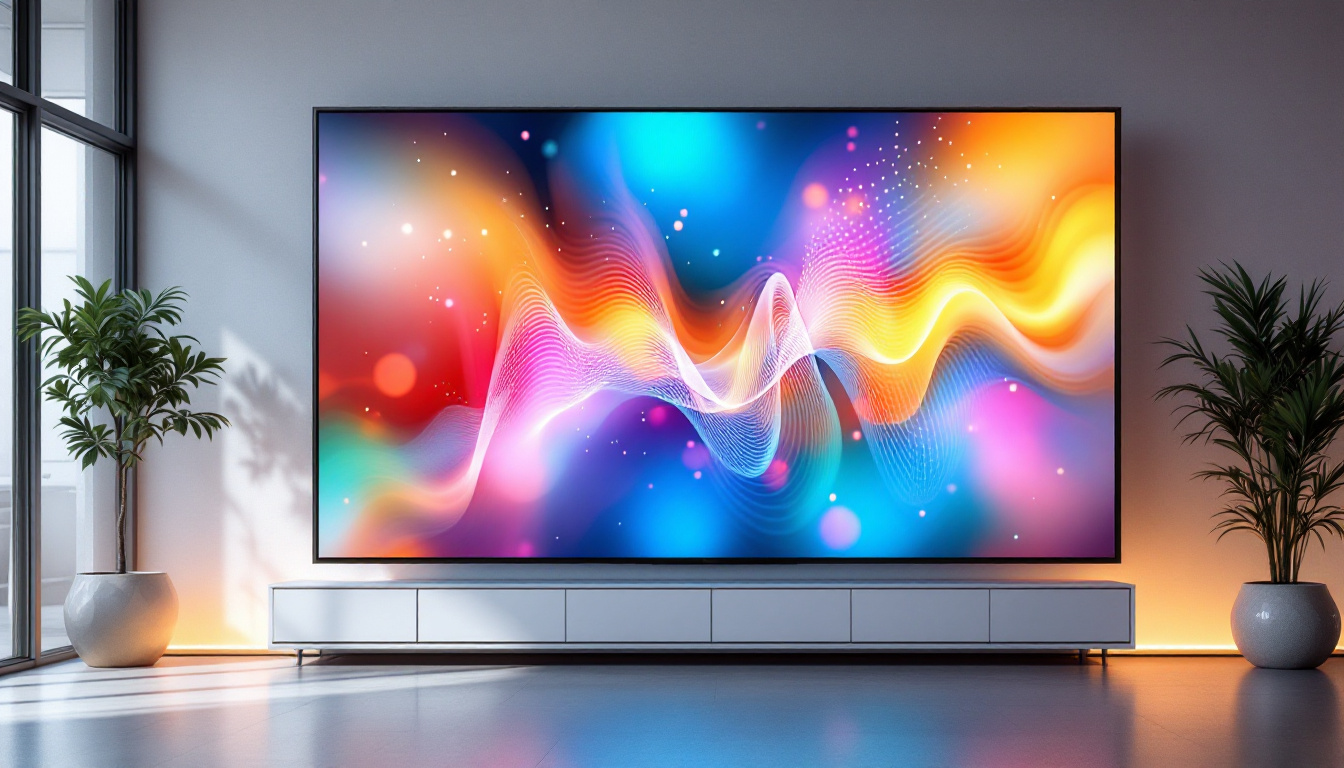Difference Between LED And LCD Monitor: LED Display Explained
In the ever-evolving world of display technology, understanding the differences between various types of monitors is crucial for making informed decisions. Among the most common types are LED and LCD monitors. While these terms are often used interchangeably, they refer to distinct technologies that influence performance, image quality, and user experience. This article delves into the differences between LED and LCD monitors, shedding light on what LED displays truly are and how they compare to their LCD counterparts.
Understanding LCD Technology
Liquid Crystal Display (LCD) technology has been a staple in the display industry for decades. It utilizes liquid crystals sandwiched between two layers of glass or plastic. When an electric current is applied, these crystals align to allow varying amounts of light to pass through, creating images on the screen.
How LCD Works
LCD monitors rely on a backlight to illuminate the liquid crystals. Traditionally, this backlight was provided by fluorescent lamps. The light passes through the liquid crystals, which modulate the light to produce the desired colors and images. The combination of color filters and the manipulation of light results in the vibrant displays we see today. Recent advancements have introduced LED backlighting, which not only enhances brightness and contrast but also allows for more energy-efficient designs. This shift has led to the development of edge-lit and full-array local dimming technologies, providing deeper blacks and improved color reproduction, making LCD displays even more appealing for both casual viewers and professional graphic designers.
Advantages of LCD Monitors
LCD monitors are known for their thin profiles and lightweight designs, making them ideal for various applications, from personal computers to televisions. They consume less power compared to older CRT monitors, which translates to lower energy bills. Additionally, LCD technology has improved significantly, offering better resolution and color accuracy over the years. One of the key benefits of LCDs is their ability to maintain consistent image quality from various viewing angles, thanks to advancements in IPS (In-Plane Switching) technology. This has made them a popular choice for collaborative work environments where multiple people need to view the screen simultaneously. Furthermore, the reduced flicker and lower emissions of harmful radiation make LCDs a healthier option for prolonged use, contributing to their widespread adoption in homes and offices alike.
Introduction to LED Technology
Light Emitting Diode (LED) technology is often associated with LCD displays, as it serves as a newer method of backlighting for LCD panels. However, LED monitors can also refer to displays that utilize organic LEDs (OLEDs) or other forms of LED technology. Understanding these distinctions is essential for grasping the full scope of LED technology.
Types of LED Displays
There are primarily two types of LED displays: edge-lit and full-array. Edge-lit LED displays have LEDs positioned along the edges of the screen, allowing for a thinner design. Full-array LED displays, on the other hand, have a grid of LEDs behind the entire screen, providing more uniform lighting and better contrast ratios. Additionally, there are variations like mini-LED and micro-LED displays, which utilize smaller LED chips to create even finer control over light output and enhance color precision. Mini-LED technology, for example, can significantly improve local dimming capabilities, resulting in deeper blacks and brighter highlights, making it an appealing choice for high-end televisions and monitors.
Benefits of LED Technology
LED technology offers several advantages over traditional LCD displays. One of the most notable benefits is improved energy efficiency. LED monitors consume less power, which is not only better for the environment but also reduces operating costs. Furthermore, LED displays often provide better brightness, contrast, and color accuracy, enhancing the overall viewing experience. The longevity of LED technology is another significant advantage; LEDs can last up to 50,000 hours or more, far outpacing traditional bulbs. This durability not only minimizes the need for frequent replacements but also contributes to lower waste, making LED technology a more sustainable choice in the long run. Moreover, advancements in LED technology have led to the development of smart displays that can adjust brightness and color temperature based on ambient light conditions, further optimizing the viewing experience for users in various settings.
Key Differences Between LED and LCD Monitors
While LED and LCD monitors are closely related, there are several key differences that set them apart. Understanding these differences can help consumers make informed choices based on their specific needs and preferences.
Backlighting Techniques
The primary distinction lies in the backlighting technology. LCD monitors typically use fluorescent backlighting, while LED monitors utilize LEDs. This difference in backlighting results in variations in brightness, color accuracy, and energy consumption. LED monitors tend to have a more vibrant display due to their superior backlighting capabilities. Furthermore, the use of LEDs allows for local dimming, which enhances contrast by adjusting the brightness of specific areas of the screen, providing a more dynamic range of visuals. This feature is particularly beneficial for gamers and movie enthusiasts who seek an engaging and lifelike viewing experience.
Image Quality and Performance
Image quality is another critical area where LED and LCD monitors differ. LED technology generally offers better contrast ratios and deeper blacks, resulting in a more immersive viewing experience. This is particularly noticeable in dark scenes, where LED displays can produce more detail and clarity compared to traditional LCDs. Additionally, LED monitors often have faster response times, which minimizes motion blur during fast-paced action sequences. This improvement is essential for competitive gaming and high-definition video playback, as it ensures that users can enjoy smooth and fluid visuals without distractions.
Energy Efficiency
Energy efficiency is a significant consideration for many consumers. LED monitors consume less power than their LCD counterparts, leading to lower energy bills and a reduced carbon footprint. This efficiency is especially important for those who spend long hours in front of a screen, as it can contribute to overall cost savings over time. Moreover, the longevity of LED technology means that these monitors often have a longer lifespan, reducing the need for frequent replacements. As a result, investing in an LED monitor can be a more sustainable choice, aligning with the growing trend towards environmentally friendly technology solutions. This aspect is particularly appealing to eco-conscious consumers who are mindful of their impact on the planet.
Applications of LED and LCD Monitors
Both LED and LCD monitors have found their niches in various applications. Understanding where each technology excels can help users choose the right monitor for their needs.
Home and Office Use
For general home and office use, both LED and LCD monitors are suitable. However, LED monitors are often preferred for their superior image quality and energy efficiency. They are ideal for tasks that require color accuracy, such as graphic design or photo editing, where vibrant colors and sharp details are essential.
Gaming and Entertainment
In the realm of gaming and entertainment, LED monitors tend to be the favored choice. Their faster response times and better contrast ratios make them ideal for high-action games and movies. Gamers benefit from the enhanced visuals provided by LED technology, which can significantly improve the overall experience.
Choosing the Right Monitor for Your Needs
When deciding between an LED and an LCD monitor, several factors should be considered. These include the intended use, budget, and personal preferences regarding image quality and performance.
Consider Your Usage
Understanding how the monitor will be used is crucial. For casual browsing and office tasks, either type may suffice. However, for tasks demanding high color accuracy or fast refresh rates, LED monitors are typically the better option.
Budget Considerations
Budget is another important factor. Generally, LED monitors can be more expensive than traditional LCD monitors due to their advanced technology and features. However, the price difference may be justified by the improved performance and energy savings over time.
Future Trends in Display Technology
The display technology landscape is continuously evolving, with new advancements on the horizon. As consumers become more discerning about their viewing experiences, manufacturers are responding with innovations that enhance performance and functionality.
Emergence of OLED Technology
One of the most significant trends is the emergence of Organic Light Emitting Diode (OLED) technology. Unlike traditional LED displays, OLED panels do not require a backlight, as each pixel emits its own light. This results in even better contrast ratios, deeper blacks, and improved color accuracy. As OLED technology becomes more mainstream, it may redefine the standards for display quality.
Increased Focus on Energy Efficiency
As sustainability becomes a priority for consumers and manufacturers alike, energy efficiency will remain a key focus in display technology. Future monitors are likely to incorporate even more energy-efficient components and designs, further reducing their environmental impact while maintaining high performance.
Conclusion
In summary, while LED and LCD monitors are often confused with one another, they represent different technologies with unique advantages and applications. LED monitors, with their superior backlighting and energy efficiency, are generally the preferred choice for those seeking high-quality visuals and performance. As technology continues to advance, staying informed about these differences will empower consumers to make choices that best suit their needs and preferences.
Ultimately, whether opting for an LED or LCD monitor, understanding the underlying technology can significantly enhance the viewing experience, ensuring that users select a display that aligns with their specific requirements.
Discover the Future of Visual Display with LumenMatrix
Ready to experience the pinnacle of display technology? LumenMatrix is at the forefront of LED innovation, offering a diverse array of LED display solutions tailored to your unique needs. From immersive Indoor LED Wall Displays to dynamic Outdoor LED Wall Displays, and from mobile Vehicle LED Displays to engaging LED Sports Displays, LumenMatrix has the cutting-edge technology to elevate your visual communication. Embrace the future with our All-in-One LED Displays, LED Transparent Displays, and more, designed to captivate your audience and amplify your message. Check out LumenMatrix LED Display Solutions today and transform the way you connect with the world.































